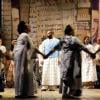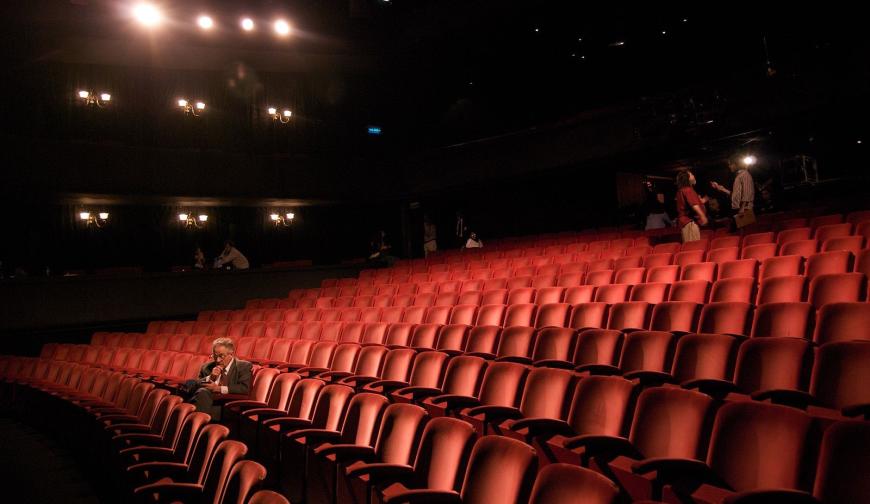
As the COVID lockdown gradually lifted, arts organizations asked questions about how audience attendance and behavior might have changed as a result of the pandemic. An ominous July 2022 report from Audience Outlook Monitor, issued by WolfBrown, a consulting firm that conducts market research for nonprofit cultural groups, made the dire prediction that a 25–30 percent reduction in attendance figures was likely to represent “the new normal,” citing audience insecurity and the vast expansion in entertainment options available through streaming.
Thankfully, that analysis has not proven to be entirely accurate. Audiences have returned. Ticket sales, particularly for top-level, star-powered operatic and symphonic performances, are robust. The major impact that companies are facing is a significant decline in the sale of subscription packages.
According to Matthew Shilvock (general director of San Francisco Opera), Khori Dastoor (general director of Houston Grand Opera), and Rob Bailis (artistic and executive director of BroadStage in Santa Monica), the strength of the recovery is encouraging, but it doesn’t necessarily mean happy times are here again. In fact, they argue, the pandemic interrupted an existential shift in audience demographics and spending patterns that arts organizations have seen coming for decades.
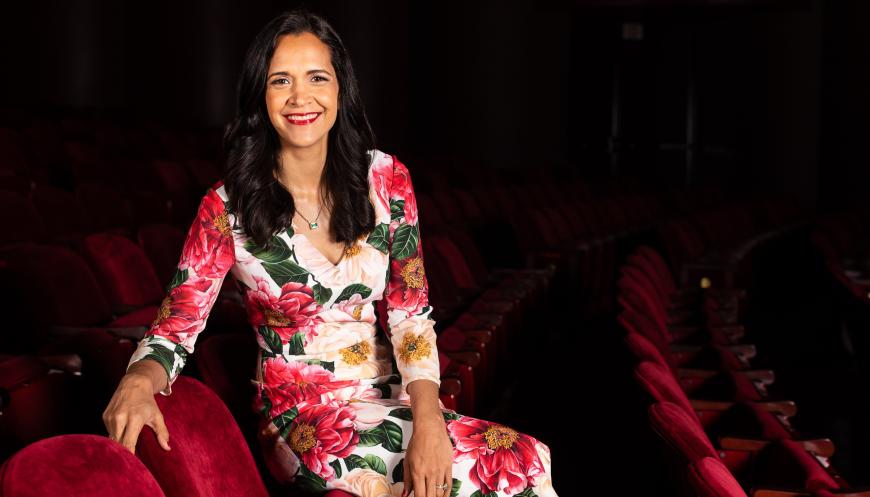
“The fundamental question is what does the post-COVID model look like?” asks Dastoor, who assumed her job in Houston in January 2022, after heading Opera San José for three years. “We know it includes facing the decline of arts education in the schools and the disparity between the highly educated, privileged audience and the enormous potential audience of those who do not have resources and opportunities. The question of how we serve the entire community requires a total rethink of how we allocate resources and measure factors we’ve never really been forced to address in the past.”
As Shilvock puts it, “We are being propelled to create totally new strategies and models. When I started with San Francisco Opera two decades ago, there was a much greater sense of certainty of what we could count on coming from subscriptions and box office sales. That has definitely become more fluid and less predictable. It’s gotten much more difficult to predict how audiences are going to respond.”
“What COVID did,” says Bailis, “was accelerate an already existing situation, which is that we are in the midst of the largest generational population shift in the history of the modern United States. The issues that we are facing now existed well before COVID. What we’re seeing is something we’ve known about for at least 15 years, and we are simply unprepared for it.”
As Bailis sums it up, “Simply do the math on the size of the generations.”
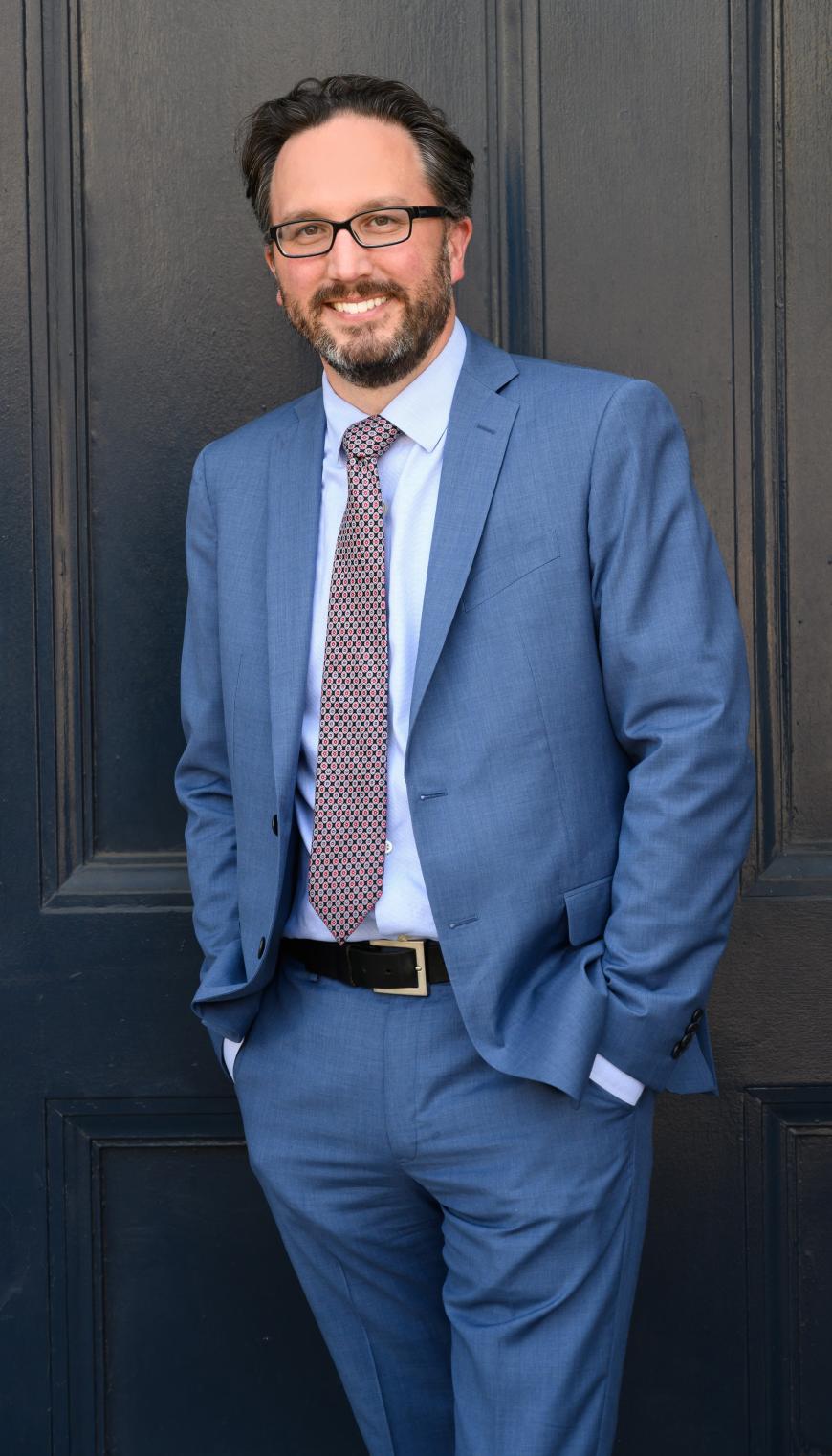
Shilvock seconds this, from the perspective of SF Opera. “Over the period of the pandemic, there was an attrition of a huge number of subscriptions. That is the challenge we and other arts organizations are grappling with. To have that much change so quickly has actually propelled us to create new ticketing strategies and models, such as the Dolby Family ticket program. For each performance, we set aside 100 tickets at $10 each,” with the aim of enticing new audience members into the opera house. The buyers of these tickets, Shilvock says, tend to be 10–15 years younger on average. “At the same time, this program represents an increase in corporate underwriting for select subscription packages.”
A good deal of strategizing, everyone agrees, will focus on marketing. “‘Marketing,’” says Dastoor, “is a buzzword. If you define marketing as the dollars you spend on advertising as a way to drive revenue to the business, with the idea of spending 80 cents to make a dollar, then marketing doesn’t make sense, If you think of marketing as a mission or a means to institutional storytelling, that is very different. That type of presence inspires our donors, inspires corporate [support], and it certainly drives ticket sales, which is a win in itself.”
Subscriptions are less predictable. There are no generally agreed-upon solutions to the loss of that income, which means that companies are scrambling to replace it. “People are just more judicious about how they spend their time and money since the pandemic,” notes Shilvock.
Baby boomers, who have been the sustaining audience members and patrons for the arts, are being replaced by millennials. And it’s not just a question of numbers.
“There is a massive shift there in terms of interests, what millennials consider relevant and find exciting,” Bailis points out. “It will impact more than just what we put onstage. It will impact the entire economy of the performing arts. And how does that generation feel about philanthropy? Beyond ticket buying, how do they feel about building a sustaining relationship with an organization they become involved with? Are they willing to become board members? This trend is going to impact every aspect of how we do business. What is happening right now is an acceleration of something we thought we had years to untangle.”
The necessity of appealing to the buying habits of this vast tech-savvy, multitasking, social media-driven audience is making arts organizations across the country reexamine everything — from subscription strategies and programming decisions to the best ways to use analytic data-mining, while also addressing the critical issues of diversity, inclusion, and social consciousness.
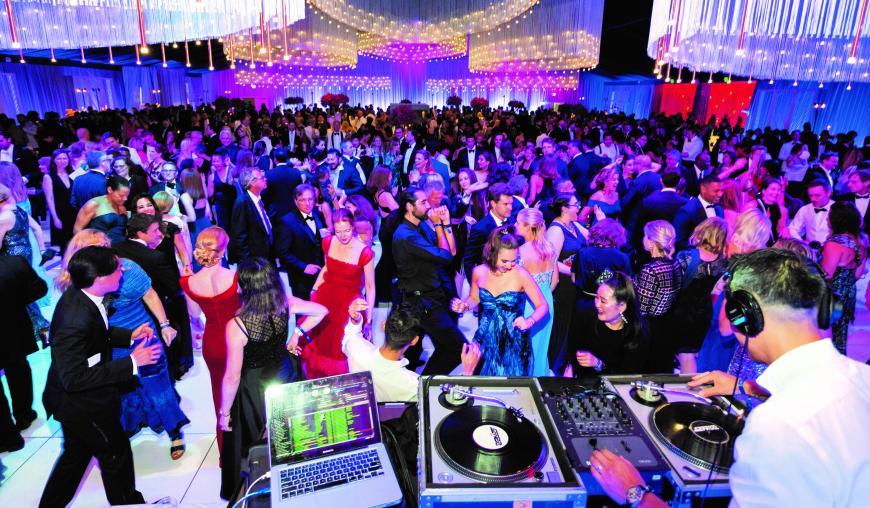
The result is a ripple effect that makes future planning especially difficult. If audiences prefer the ability to buy tickets on a spontaneous basis, rather than committing months or years ahead to a fixed subscription schedule, how does a company anticipate and plan to allocate income? How do you budget a season, particularly if you want to commission new works, without having a clear picture of the funds that will be available?
To appeal to a younger, more event-conscious audience, some of the old routines have already been changed. For example, the Metropolitan Opera had always maintained that it had to schedule productions five years in advance. Then, protests erupted in 2020 in response to the murder of George Floyd, and suddenly the Met added Terence Blanchard’s Fire Shut Up in My Bones, which had just premiered at Opera Theatre of Saint Louis, to its 2021–2022 season.
An interesting wrinkle, based on the robust ticket sales for Fire, occurred when the Met then decided to program Blanchard’s 2013 opera Champion, which received its first Met production in April, in the same season as the previously scheduled world premiere of Kevin Puts’s The Hours, putting more weight on new music than the company traditionally had. The Met then declared that the future of operatic success does not rely on an endless succession of Butterflys and Traviatas but on the creation and presentation of new works.
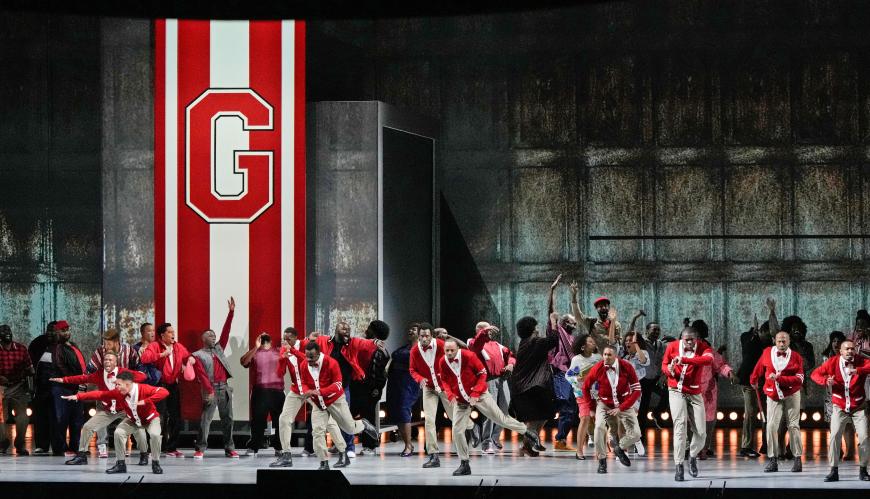
That’s a bit of crystal-ball gazing that none of the opera leaders I spoke with fully embrace. While they wholeheartedly support the need to create and present socially conscious new work, they absolutely see the audience-building potential that comes with presenting productions of the tried and true. There’s also a higher risk factor for smaller companies. The Met planned 23 productions for 2022–2023, so two operas are about 9 percent of the outlay, but one failed production at a smaller house that does, say, five productions a year, like Houston, is 20 percent of the company’s outlay.
“As the success of Fire Shut Up in My Bones and The Hours shows, audience behavior has shifted dramatically,” Dastoor points out. “People flocked to those operas who would not have necessarily in the past. There is definitely an audience for new work that is relevant and has contemporary appeal. That being said, new operas like Proximity [Lyric Opera of Chicago, 2023] and John Adams’s Antony and Cleopatra [SF Opera, 2022] did not generate that level of success. We’re finding that first-time audiences are still drawn to the classics. But a Traviata can’t just be a Traviata anymore. It has to be a Traviata starring Angel Blue. A diverse community requires diverse casts, diverse programming, diverse venues, and diverse price points.”
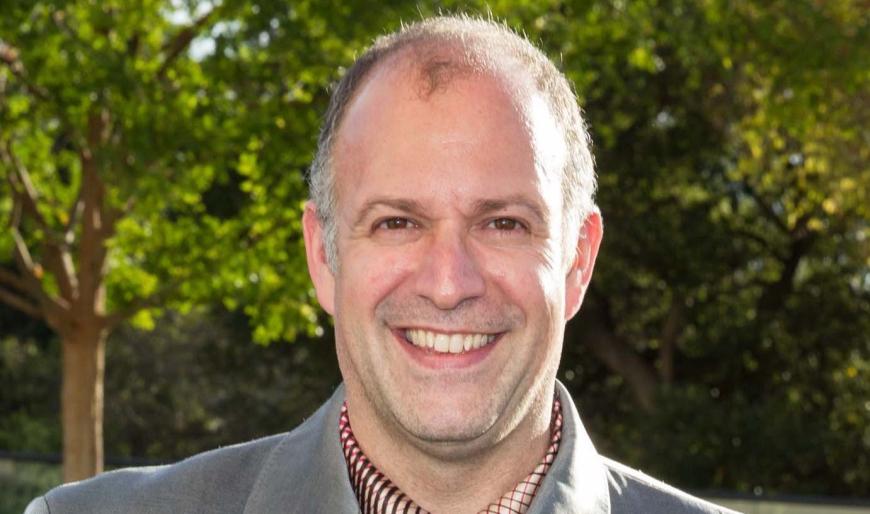
As the head of a presenting organization with wide-ranging programming, Bailis feels the necessity of facing the issue of diversity and inclusion head-on.
“As stewards of the art form, we have to be listening and making every effort to be inclusive toward the diversity of emerging artists. That’s where innovation starts, and we are just at the precipice of what that may look like. There have been endless discussions, but nothing has emerged yet that could be called startling or game-changing.”
From the Other Side of the Footlights
But Bailis may be selling those changes in the current opera industry a little short. In addition to Fire and Champion, we’ve seen the success of Rhiannon Giddens and Michael Abels’s Omar, which had an outstanding premiere season, first at Spoleto Festival USA (May 2022) and then at Los Angeles Opera (October 2022). In addition, Gabriela Lena Frank’s hotly anticipated El último sueño de Frida y Diego opened to critical praise in San Diego in October 2022 and will be on the boards, in a different production, in San Francisco this June and in Los Angeles in the fall.
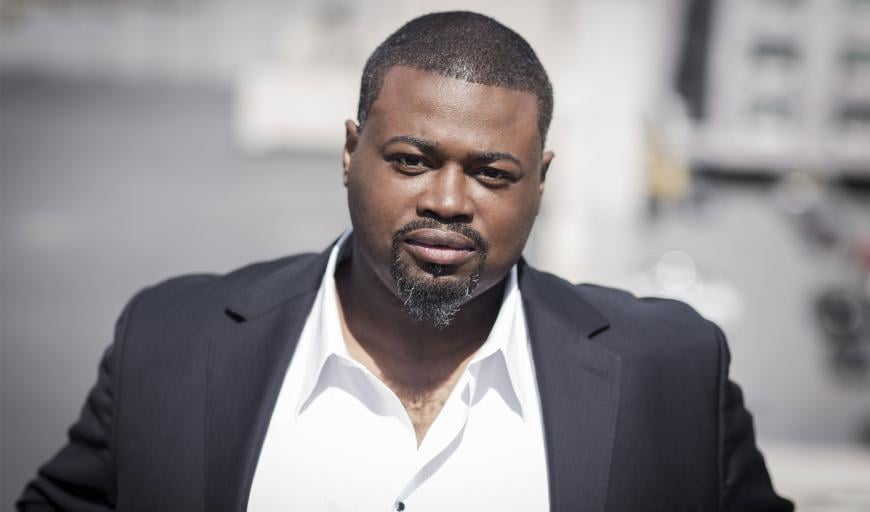
One singing artist who has been involved in diversifying the repertoire is tenor Russell Thomas. As part of his artist-in-residence deal with LA Opera, he has been invited to weigh in on casting and repertory planning. And he’s performing the title role in Verdi’s Otello with the company, in a production running May 13 – June 4.
At the top of his career, Thomas is in demand around the world, and when we spoke, he was in London performing the role of Calaf in Turandot at the Royal Opera House, Covent Garden. Thomas is also an openly gay Black man who does not shy aware from candidly discussing the racially driven issues of the day. I asked him how issues of diversity, equity, and inclusion have changed over the course of his career.
“I think the biggest change is that now people are actually talking about it,” he responded succinctly. “When I was a young artist in 1997, no one was talking about it. I was often the only Black person in the cast. Now people are really beginning to pay attention. Companies are actually discussing issues of equity and inclusion. And they aren’t just talking, they’re making strategic plans.
“The goal before was to practice color-blind casting, which means absolutely nothing,” Thomas continued. “But it made people feel like there was an equitable process. I don’t think there ever will be an equitable process because it is so subjective. But I think we can make strides toward it.”
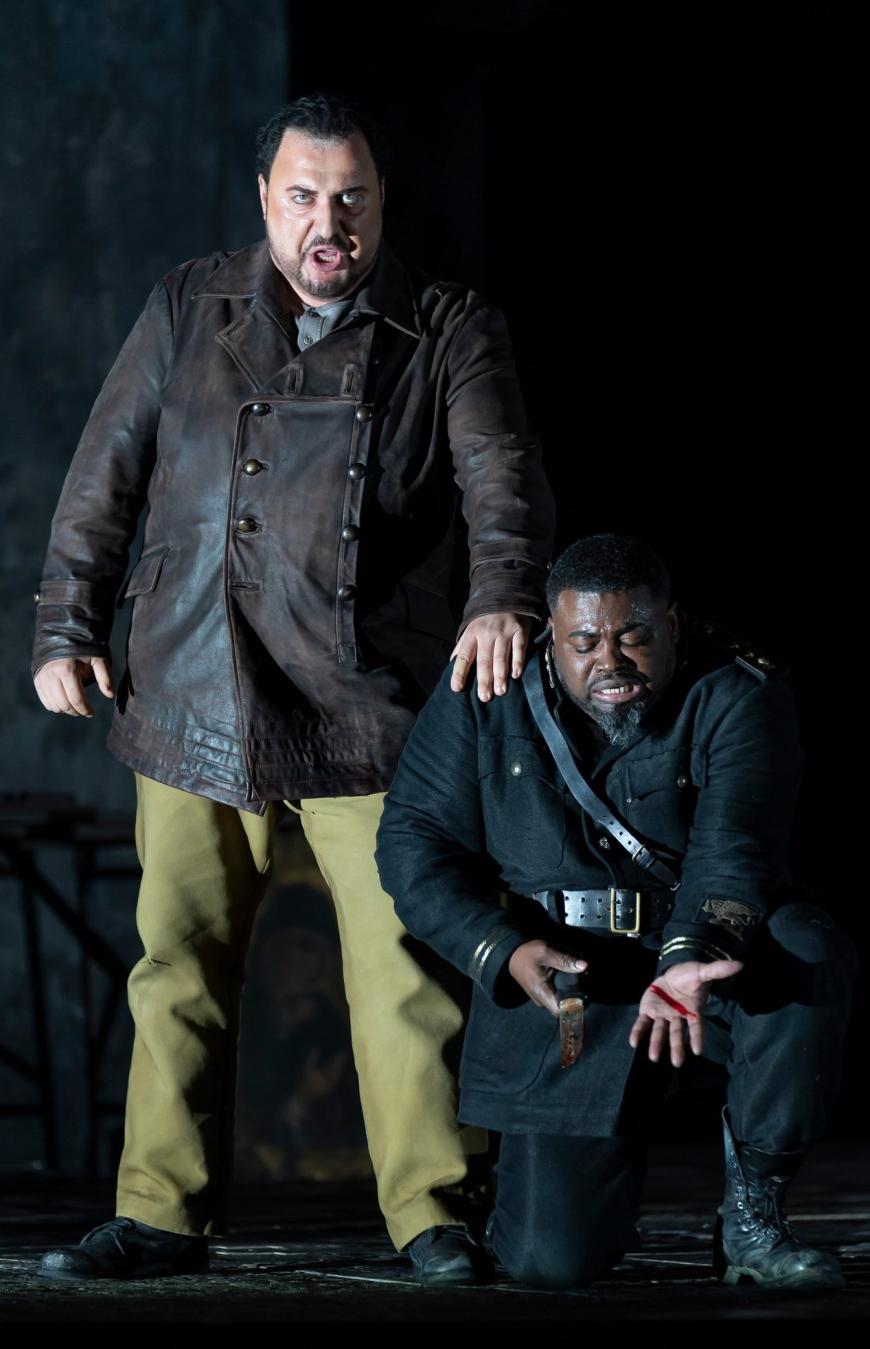
I asked Thomas what an equitable process would look like.
“I think the goal is what Peter Sellars describes as ‘color-conscious casting.’ That is, casting that makes sure that you have a cast that is representative. It might look the United Colors of Benetton, where there is an African American, an Asian, a Hispanic, maybe someone that identifies as trans or nonbinary, gay or straight. I’ve been saying this for almost 15 years now — the stage has to look like the community it represents. That’s the only way to be truly inclusive.”
Thomas also is firmly against casting biases based on appearance — discounting a singer who is overweight or a tenor who doesn’t look, as he puts it, “like a Ken doll.”
He explained: “The classical model is a celebration of the old. And a lot of times, its institutions are run by people that are stuck in the tradition — what opera was, not what it can be. The audience also has to be respectful enough of artists to accept their onstage reality. Right now [in The Royal Opera’s Turandot], I am a Black kid from Florida singing Calaf, and my father [Timur] is a white European guy. What we want to do is give audiences a license to believe.”
I asked whether casting a Black man as Timur would be inclusive and at the same time make the relationship dramatically credible.
“Absolutely,” Thomas responded. “I think that would be fine. It would be excellent to have a Black Timur; it would make dramatic sense. But you shouldn’t have to. For a long time, I wouldn’t audition for any role that had a family color relationship because I didn’t want the company to think, ‘If we hire a Black singer to play that role, we have to hire another Black singer for the other role.’”
Thomas is clearly pleased that the diversity issue is now decidedly on the table. What he finds tiresome is that singers of color or divergent gender identities are expected to be activists for their cause.
“Black, brown, and Asian artists are tired of being the ones asked to come up with the answers,” he said. “We end up being put on display for these conversations. I don’t mind having these conversations. I’m sure my colleagues don’t mind. But something has to change.”
As he sees it, the problem is systemic, from the top down.
“When you have the same people, or their acolytes, running the business for the last 30–40 years, you can’t expect anything to change. We as artists can push for change. But we can’t expect anything to change if the system that governs what we do doesn’t change. That’s a sad observation, but it’s true.”




